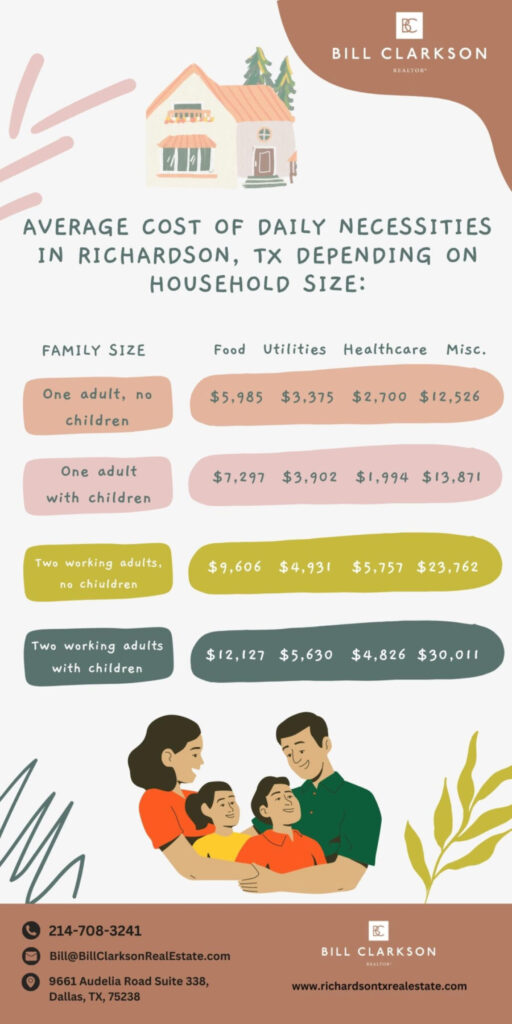Richardson, TX, is a thriving urban center that boasts the prestigious University of Texas at Dallas and the renowned Telecom Corridor.
Many different telecom businesses also have their headquarters in this city. It is a hub for education, technology, and innovation, making it a fantastic place to live, work, and learn.
Richardson can be found less than 15 miles northeast of Dallas via the US-75 S Route.
Richardson and Dallas are ideally within a 15-minute non-stop driving distance from one another.
Because of its rapid development and ideal location, Richardson has been one of the most attractive locations for those seeking to settle down and establish roots in the Lone Star State.
Its promising growth and amenities make it a desirable destination for young couples and families.
However, a top-notch lifestyle comes with a cost, as Richardson’s cost of living is slightly higher than the national average.
Despite this, the city’s thriving economy and job opportunities make it a worthwhile investment for those looking to build a successful career and enjoy a high quality of life.
Richardson, TX, is a dynamic and well-established city with plenty to offer for those looking to experience the best Texas living.
To give you an idea if you can financially afford to live in Richardson, read further and understand the factors driving living costs in Richardson, TX.
Overview of the Richardson, TX: Location, Lifestyle, and Cost of Living

Richardson is a city in North Eastern Texas, situated right between the city of Dallas and Plano.
This city is centrally located in some of the significant zones in Texas, making it accessible to other areas of the state.
Aside from its accessibility to major metropolitan areas, Richardson also offers a variety of amenities for its residents, including outdoor parks, hike and bike trails, and golf courses.
The city also features different sports venues, restaurants, and shopping centers.
There are also excellent schools where you can enroll your kids and several job opportunities for your professional career.
When it comes to its community, this suburb is diverse and out of the hustle and bustle.
In terms of cost of living, settling down in Richardson, TX, is slightly costly as the living expenses in the city fall at 7.1% above the national average.
It indicates that locals are paying more to meet their daily needs than those living in other areas of the state.
However, a high cost of living is due to many factors and is also affected by the quality of life and set of amenities and conveniences that locals can enjoy.
Let’s break down each category that significantly affects the cost of living in Richardson, TX:
Housing Costs: Buying vs. Renting in the Richardson
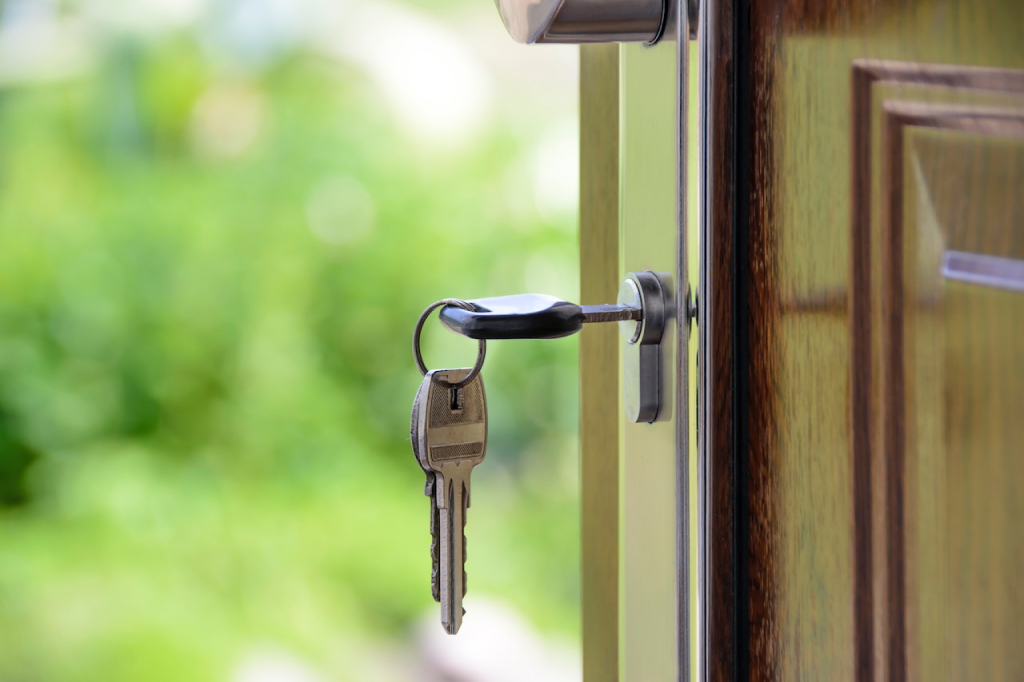
In relocating, the most significant expense you should take into consideration is the housing cost.
Richardson boasts over 30 distinct neighborhoods and around 214 homes for sale, ranging from $155,000 to $2.5 million.
Housing prices in Richardson, TX, are approximately 17% higher compared to the national average.
Deciding whether to purchase or rent a place is crucial as this depends on the longevity of your stay and your budget.
Currently, the median listing home price in the city is around $468,500, with the median listing price per square foot amounting to $227.
The median sold home price in April 2023 was approximately $448,200, indicating that residential properties were sold at or near the asking price on average.
Home values in the city have consistently grown over the past years and are currently trending upwards at 13%.
In April 2023, the real estate market in Richardson, TX, favored sellers, as demand for homes exceeded the current supply.
If you are looking to acquire a home in the area, you may face stiff competition and potentially higher prices.
It may be wise to act quickly and work with an experienced and seasoned real estate agent to find your dream home for you.
The steady growth of housing values in Richardson, TX, suggests that more and more families and professionals are relocating to the city because of all its desirable characteristics despite the slightly higher cost of living.
As an alternative, you may also rent an apartment instead if you want a less expensive option.
The rental rate for an apartment in Richardson, Texas, is $1,812 monthly on average.
Meanwhile, rent for a single-family home in the city has a monthly recurring cost of at least $3,241.
Approximately 44% of the housing market in the local area is occupied by renters, with a current rental vacancy rate of 6.9% in Richardson, Texas.
With this, we can say that the current market conditions in Richardson indicate a strong demand for rental properties.
It could lead to heightened competition among prospective tenants for the limited inventory available.
It also indicates that landlords may have more negotiating power when setting rental terms and conditions.
Transportation Expenses: Getting Around in the Richardson
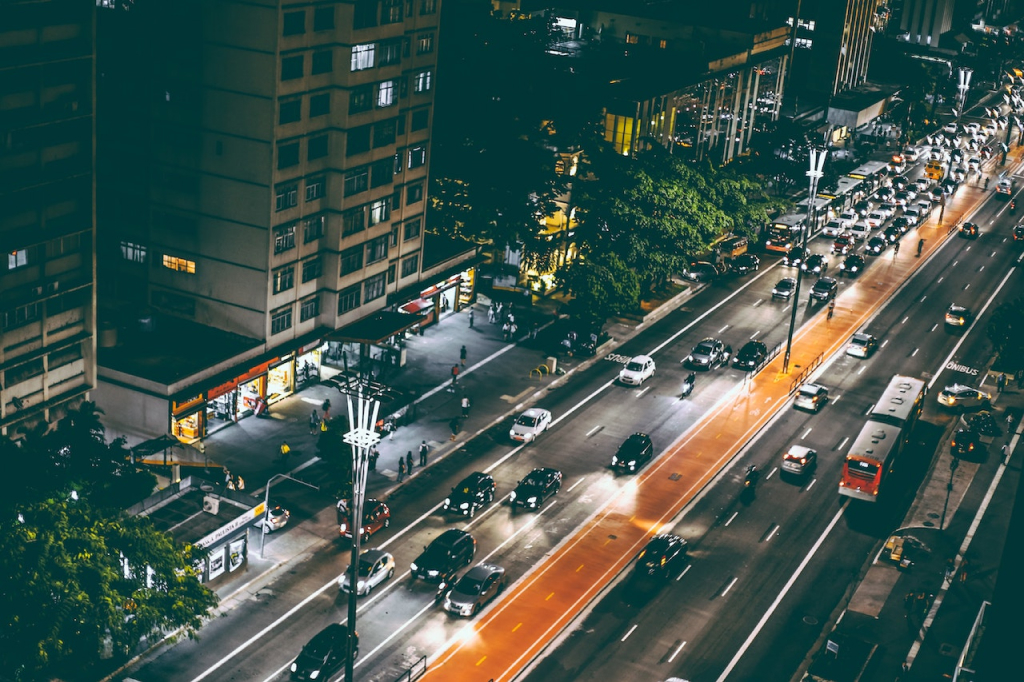
Richardson’s central location in Texas is also a massive factor in why many homebuyers flock to the city.
In addition to commuting, transportation requirements may encompass expeditious visits to the local grocery store, accessing the downtown metro, or commuting to the workplace.
It is close to major freeways, including the North Central Expressway, LBJ Freeway, Bush Turnpike, and Dallas Area Rapid Transit.
Its ideal location in the state offers convenient access for those people who work or travel.
Whether you often drive or commute, determining the transportation cost is an essential factor to consider, especially if you are planning to relocate.
The expenses related to transportation may constitute a significant factor in the total cost of living in Richardson.
Besides traveling to and from work, you could require transportation for errands like running to the supermarket or the mall or catching the subway into the city.
Because of this, it is crucial to know the city’s average transportation costs to budget your finances accordingly.
Transportation expenses include gas, public transportation fares, car insurance, and maintenance costs.
The average transportation cost in Richardson can range from approximately $7,335 and $15,932 per year.
The cost depends on your household size, transportation mode used, and travel frequency.
Various resources and options, such as public transportation, carpooling, and biking, can help reduce transportation costs.
Considering these factors and exploring alternative transportation options, you can save money and make your daily commute more sustainable.
Daily Expenses: Groceries, Utilities, and Other Necessities in the Richardson
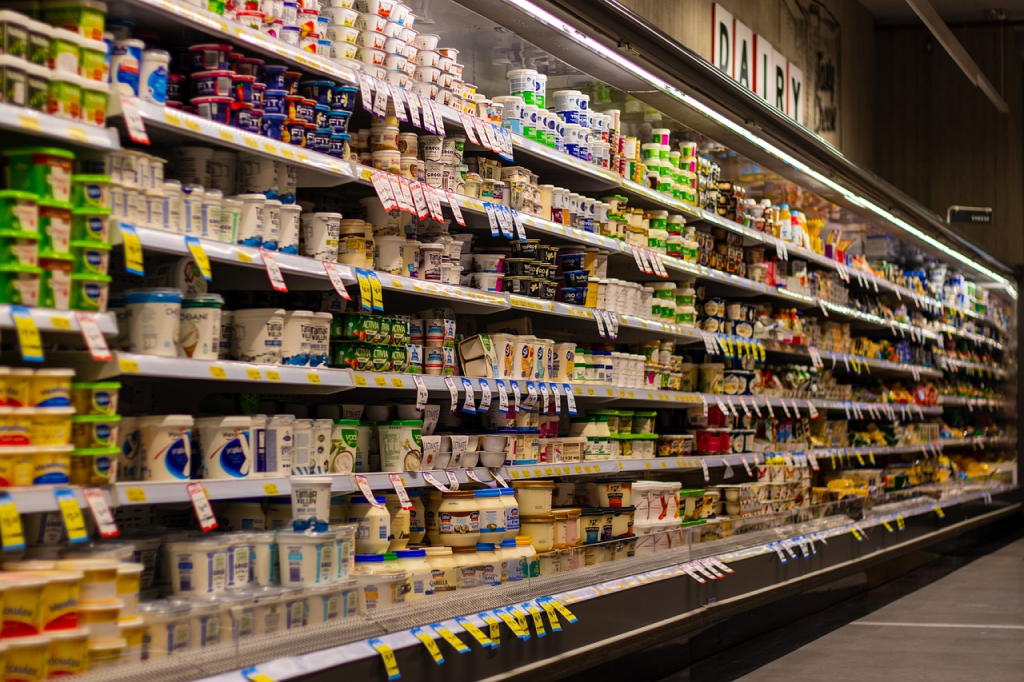
When you are planning a relocation to Richardson, Texas, further considerations that should be made include food and groceries, utilities, and other requirements such as medical care.
These are all essential expenses that should be factored into your financial budget to help you determine if Richardson is a feasible place you and your family can comfortably afford.
It is also important to keep in mind that the total cost of daily necessities mainly depends on lifestyle and household size.
The average cost of food and groceries in Richardson, TX, typically ranges from roughly $5,985 to $12,127 per year.
Meanwhile, utilities include electric bills, phone bills, and internet fees. Note that these fees hinge on an individual’s consumption.
The average utility expense per year often ranges from $3,375 to $5,630 annually.
In terms of healthcare, the average medical costs in the city can start from $2,700 up to $5,757.
Being familiar with the cost of medical care in your respective city helps you figure out how much out-of-pocket expenses you should shoulder in case of medical emergencies.
Here is a detailed guide on the average costs for food, utilities, healthcare, and miscellaneous expenses, depending on family size:
| Family Size | Food | Utilities | Healthcare | Miscellaneous |
|---|---|---|---|---|
| One adult, no children | $5,985 | $3,375 | $2,700 | $12,526 |
| One adult with children | $7,297 | $3,902 | $1,994 | $13,871 |
| Two working adults, no children | $9,606 | $4,931 | $5,757 | $23,762 |
| Two working adults with children | $12,127 | $5,630 | $4,826 | $30,011 |
Wrap Up
Familiarizing yourself with the cost of living in a particular city can help you find the right place where you can establish your roots.
It will also help to manage your cash flows accordingly and live comfortably without financial worries.
Richardson, TX is a well-established city, centrally located close to major metropolitan areas, and offers a variety of amenities for its residents.
The cost of living in the city is slightly higher than the national average, suggesting that locals are paying more to meet their daily needs than those living in other areas.
However, with the city’s top-notch services and quality of life, the relatively higher cost of living is a trade-off that some homebuyers are willing to make.
Overall, the benefits of living in Richardson, TX, far outweigh the drawbacks of its cost.
To know more about the city or any neighborhood in Richardson, TX, that you are interested in, please be comfortable to contact us at 214-708-3241 or email us at Bill@BillClarksonRealEstate.com.
Follow us on our social media platforms below to be updated on the latest news and developments about Richardson, TX!

Frequently Asked Questions
Is Richardson, TX, an excellent place to live?
Richardson, TX, is a highly desirable locality with a family-friendly environment and convenient access to many amenities.
The city boasts abundant scenic trails and parks, complemented by exceptional educational institutions and many charming residential properties to select from.
Overall, Richardson, TX, is a great place to settle down and raise a family.
How much do I need to make a month to live in Richardson?
An individual living in Richardson, TX, may need at least $60,000 pre-tax income to live comfortably in the city.
Meanwhile, a married couple with children should have at least a pre-tax income of approximately $112,000 to cover all necessities.
Is Richardson, TX, affluent?
Richardson is widely regarded as a wealthy location to reside in.
The cost of living in this area is comparatively higher than in several other regions in Texas, with housing and rental expenses constituting a substantial portion of the overall cost.
